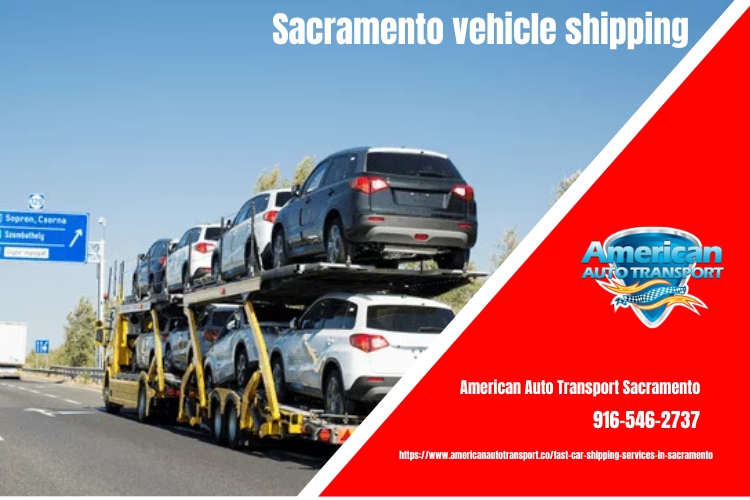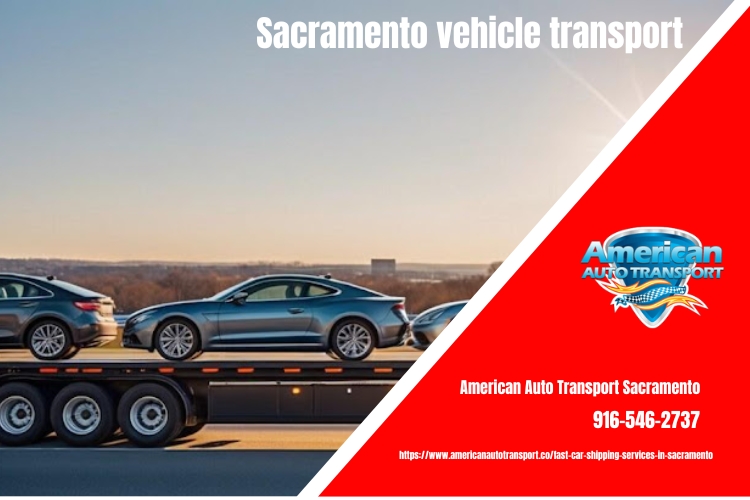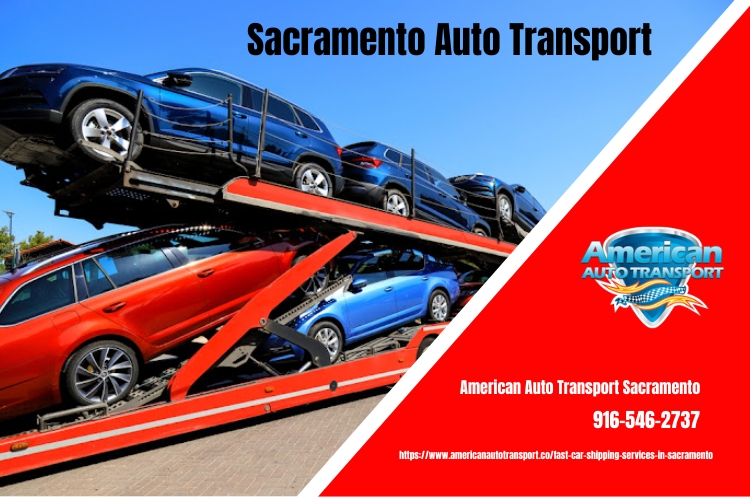Introduction
In the bustling world of auto transport, few places illustrate the complexities and intricacies of the industry quite like Sacramento. Known for its vibrant culture and significant transportation hubs, Sacramento serves as a crucial junction for car shipping services across California and beyond. But what really goes on behind the scenes in Sacramento auto transport? What does a typical day look like for those who carry this heavy responsibility?
In this article, we’ll take you through a comprehensive exploration of life as an auto carrier in Sacramento. From the early morning preparations to the final drop-off, we will delve into various aspects including logistics, customer interaction, vehicle handling, and more. If you've ever wondered Sacramento auto transport companies https://www.americanautotransport.co/fast-car-shipping-services-in-sacramento about Sacramento car shipping or Sacramento auto shipping, you're in the right place.
Understanding Sacramento Auto Transport
What Is Sacramento Auto Transport?
Sacramento auto transport refers to the process of moving vehicles from one location to another within or outside of California's capital city. It encompasses various methods such as open and enclosed trailers, specialized carriers for luxury vehicles, and door-to-door service options.
Why Is It Important?
The importance of effective auto transport cannot be overstated; it ensures that personal vehicles, fleet cars, and even exotic automobiles arrive safely at their intended destinations. For residents and businesses alike, reliable transportation service is vital for seamless operation.
Services Offered in Sacramento Auto Shipping
Open Transport: The most economical option for general vehicle transport. Enclosed Transport: Perfect for high-value or classic cars needing extra protection. Door-to-Door Service: Convenience at its best; cars are picked up and delivered directly to specified locations. Expedited Shipping: For those who require immediate delivery.A Day in the Life of a Carrier
Early Morning Preparations
As dawn breaks over Sacramento, car carriers begin their day with preparation routines that set the stage for a successful operation.
- Checking Equipment: Before hitting the road, carriers inspect their trucks and trailers to ensure everything is functioning properly. Route Planning: Advanced planning helps avoid traffic congestion and ensures timely deliveries. Weather Forecasts: Keeping an eye on weather forecasts allows carriers to brace themselves against potential delays.
Loading Vehicles Safely
Once at pickup locations, the next crucial step involves loading vehicles onto transport trailers.

Best Practices for Loading Vehicles
- Inspecting Each Vehicle: Carriers check each vehicle's condition before loading. Using Proper Equipment: Ramps or hydraulic lifts are essential to safely load lower vehicles. Securing Vehicles: Proper strapping techniques prevent damage during transit.
On The Road: Challenges Faced by Carriers
While driving through scenic routes in California can be pleasant, several challenges await carriers on their journey:
1. Navigating Traffic
Traffic jams can significantly affect delivery times. Carriers often utilize navigation apps that provide real-time updates to avoid congested routes.
2. Weather Conditions
Rain or fog can make driving hazardous. Carriers must adjust their driving styles accordingly to ensure safety.
3. Communication with Customers
Frequent communication with customers about estimated arrival times is essential to maintain trust and transparency.
The Role of Technology in Auto Transport
Innovative Tools Used by Carriers
In today's digital age, technology has revolutionized how carriers operate:
Fleet Management Software: Helps track vehicles in real-time. GPS Systems: Enhances route efficiency while providing safe travel options. Mobile Apps for Customer Interaction: Allow customers to get instant updates about their vehicle status.Impact on Efficiency and Reliability
Technology not only streamlines processes but also enhances reliability—factors crucial when dealing with high-value assets like cars.
Customer Interactions During Transit
Building Trust with Clients
One key element that sets apart professional carriers is their ability to build trust:
- Frequent Updates: Regular notifications via calls or texts keep customers informed. Professionalism During Pick-Up & Drop-Off: Courteous interactions leave a lasting impression on clients.
Handling Concerns and Complaints
Issues can arise during transit; effective resolution strategies include:
Listening Actively Offering Solutions Promptly Following Up After DeliveryLegal Regulations Surrounding Auto Transport in California
Understanding Licensing Requirements
To operate legally within California (and nationally), carriers must adhere to specific licensing requirements set forth by federal regulations:
- DOT Number MC Number
These numbers facilitate tracking by authorities ensuring compliance with safety standards.

Insurance Coverage Essentials
Auto transport companies must have adequate insurance coverage covering liabilities incurred during transportation:
Cargo Insurance Liability InsuranceThis not only protects the company but also reassures customers that their vehicles are secure throughout transit.
Environmental Considerations in Auto Shipping
As sustainability becomes increasingly important across industries, auto transporters are adapting:
1. Eco-Friendly Practices
Using fuel-efficient trucks helps reduce carbon footprints associated with car shipping operations.
2. Recycling Initiatives
Implementing recycling practices within operations minimizes waste generated during vehicle handling processes.
Employee Welfare in Auto Transport Companies
Investing in employees is essential for maintaining high standards within any industry—including auto transport:
1. Training Programs
Regular training sessions keep employees updated on best practices concerning safety protocols and customer service techniques.
2. Health Benefits
Providing health benefits boosts morale among employees who face physical demands daily.
FAQs
Q1: What should I do if my vehicle gets damaged during transport?
A1: Contact your carrier immediately; they typically have insurance policies covering damages incurred during transit.
Q2: Can I ship non-running cars?
A2: Yes! Many companies specialize in transporting non-running vehicles using special equipment designed for such cases.
Q3: How long does it take for my vehicle to arrive?
A3: Delivery time varies based on distance and route conditions but generally ranges from 1–10 days depending on your location relative to Sacramento.
Q4: Are there restrictions on what I can ship?
A4: Yes; hazardous materials or illegal items are prohibited from being transported under law regulations.
Q5: Do I need to clean my car before shipping it?
A5: While it's not mandatory, cleaning your vehicle allows easier inspections both pre-and post-shipping!
Q6: What types of payment do you accept?
A6: Most companies accept various forms including credit cards and bank transfers—be sure to confirm before proceeding!
Conclusion
Behind all journeys taken by your beloved vehicles lies a dedicated network of hardworking professionals committed to making each transition smooth and reliable—a testament indeed! As we’ve explored through “Behind the Scenes of Sacramento Auto Transport,” every facet matters—from preparation stages through customer interaction—to ensure satisfaction at every level for those utilizing Sacramento auto shipping services today!
Whether you’re contemplating moving your vehicle across town or seeking cross-country solutions—the key takeaway remains clear; understanding what happens behind those scenes provides invaluable insight into making informed choices along this intricate path!
Contact Us
American Auto Transport Sacramento
Phone: 916-546-2737
